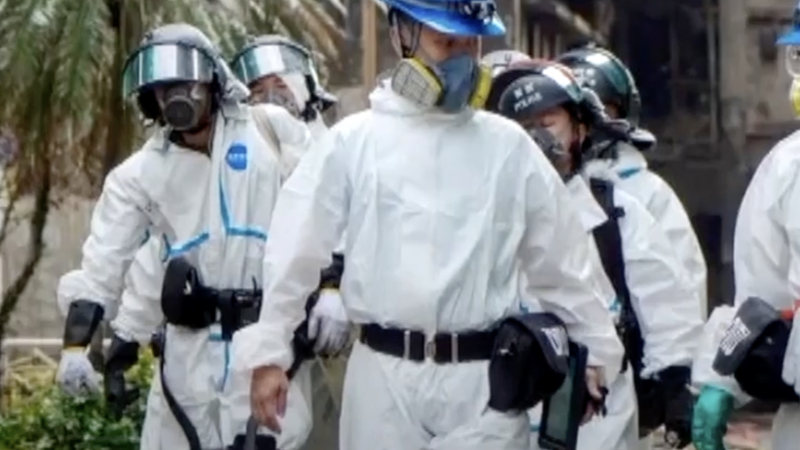On Wednesday, Beijing’s Tian’anmen Square was turned into an aerial stage as V-Day parade attendees witnessed a diverse lineup of air echelons soar overhead. This dynamic display brought together aircraft designed for early warning and reconnaissance, long-range strike, aerospace control operations, strategic delivery, and logistic support – offering a snapshot of China’s rapidly modernizing aerial capabilities.
Sky-high showcase of modern air power
The parade featured the latest in early warning and reconnaissance technology, including AWACS platforms capable of scanning hundreds of kilometers in every direction. Strategic bombers flanked the formation, underlining a growing emphasis on long-range strike potential. Meanwhile, airborne command-and-control aircraft demonstrated mastery of aerospace operations, coordinating movements across altitudes with precision.
Support and logistics take center stage
No air force can operate in isolation. Heavy transport aircraft – key to strategic delivery and rapid troop movement – flew in tight formation, followed by aerial refuelers that ensure endurance far from home bases. Together, they highlighted the logistical backbone crucial for 21st-century operations, where speed and reach are paramount.
Why it matters for global citizens
For young global citizens tracking international trends, this parade offers more than a spectacle. It reflects broader themes in geopolitics, defense spending, and tech innovation. Data shows that China’s defense budget has grown by an average of 7% annually over the past decade, fueling advancements in aerospace engineering and AI integration on the battlefield.
Looking ahead
As the world watches, the V-Day flyover underscores the strategic importance of air power and multi-domain coordination. Whether you’re a tech enthusiast intrigued by radar upgrades, a thought leader analyzing global security trends, or a digital nomad mapping the next frontier, these developments will shape conversations for months to come.
Reference(s):
cgtn.com




